If you have an eye for design, then
shift on over to Hong Kong's innovative new museum of visual culture, M+, and check out the fascinating collection of key objects and works on display. Open from now until
February 5, the
Shifting Objectives: Design from the M+ Collection encompasses something of a visual design narrative, which highlights key points of consumerist, cultural, and industrial design across Asia.
The free, ground-breaking exhibition serves as a window into what made these designs so crucial - whether it's the revitalisation of post-war Japan or Hong Kong in its manufacturing hey day. As much as it pains us to choose, here are
ten highlights that piqued our interest - though bear in mind, they are but a drop in the ocean of fascinating pieces on display ...
1. Charlotte Perriand - Light Stand with Isamu Noguchi Akari 30p Shades (1963)
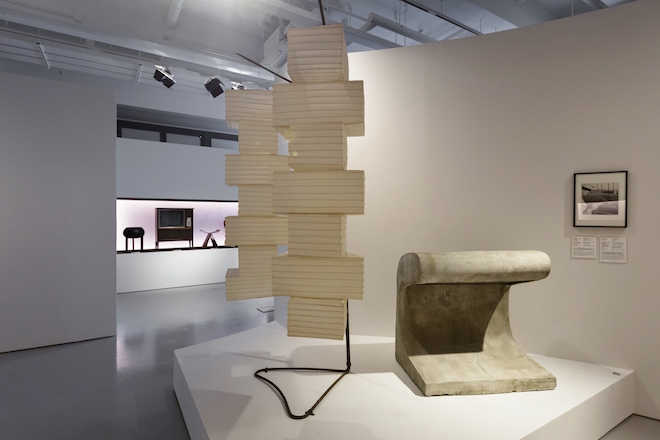
Highlighting the more open, global exchange of designers and design ideas in the mid-twentieth century, this exquisite light fixture by famed French designer Charlotte Perriand is an amalgamation of three distinct design influences. Including Perriand's inherently French design sensibilities, the twisted iron bar was influenced by a trip to the Amazon and the light shades by Japanese-American artist and designer, Isamu Noguchi.
2. Yanagi Sori - Butterfly Stool, Model 0521 (1956)
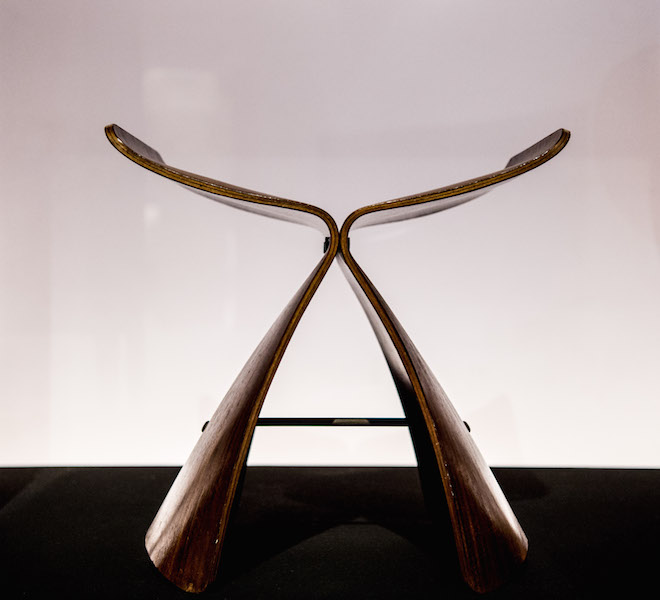
The years following World War II saw Japanese industrialisation flourish as they successfully married the country's craft sensibilities with the economical implementation of industrial-scale plywood production. The Butterfly Stool is one of the many success stories from this time. Sori's design takes Japanese sitting habits into account while creating something affordable and attractive - ideal for the burgeoning middle-class.
3. Star Industrial Co., Ltd - Red A Plastic Crystal Lamp Fixture, No. 1616 (1970)
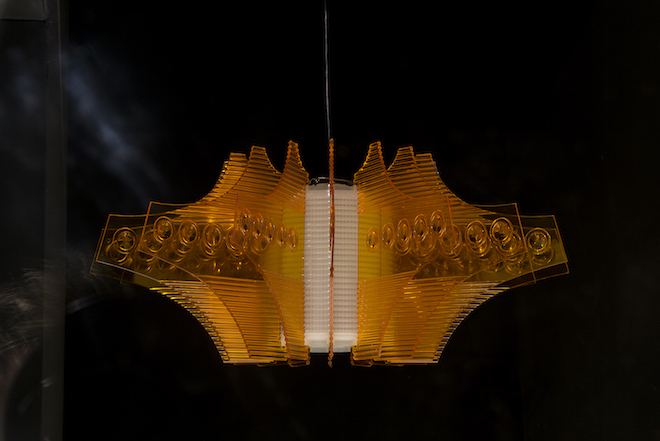
Although usually used for toys and plastic flowers, Hong Kong was something of an innovator in the use of plastics for design and manufacturing purposes. This included the production of household goods that utilised the material's malleable, affordable, and hygienic properties. This lamp is a beautifully retro example of something that can be shipped flat and be easily snapped together - providing an inexpensive and durable alternative to the growing market.
4. Chiang Chen - Watermelon Ball (1959)
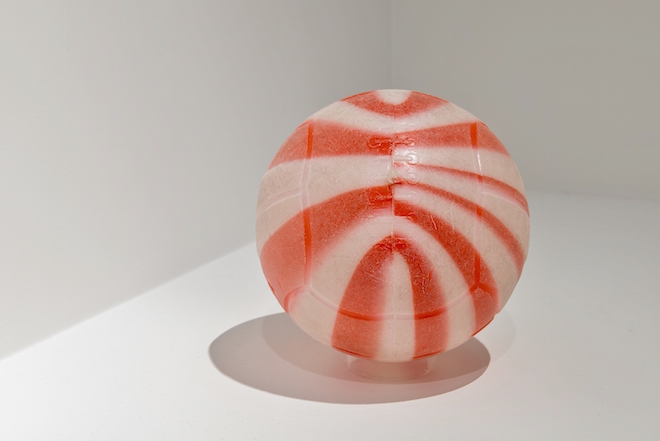
Engineer-turned-industrialist Chiang Chen created this iconic design by developing a two-colour extrusion, blow-moulding process (obviously) that gives the ball its seminally striped, two-tone pattern. The inspiration for the design is said to have come from the Yangtze River and its tributary, the Jiang, whose colours are distinct where the two meet.
5. Front - Materialised Sketch of a Chandelier, Round Back Chair and Table (2005)
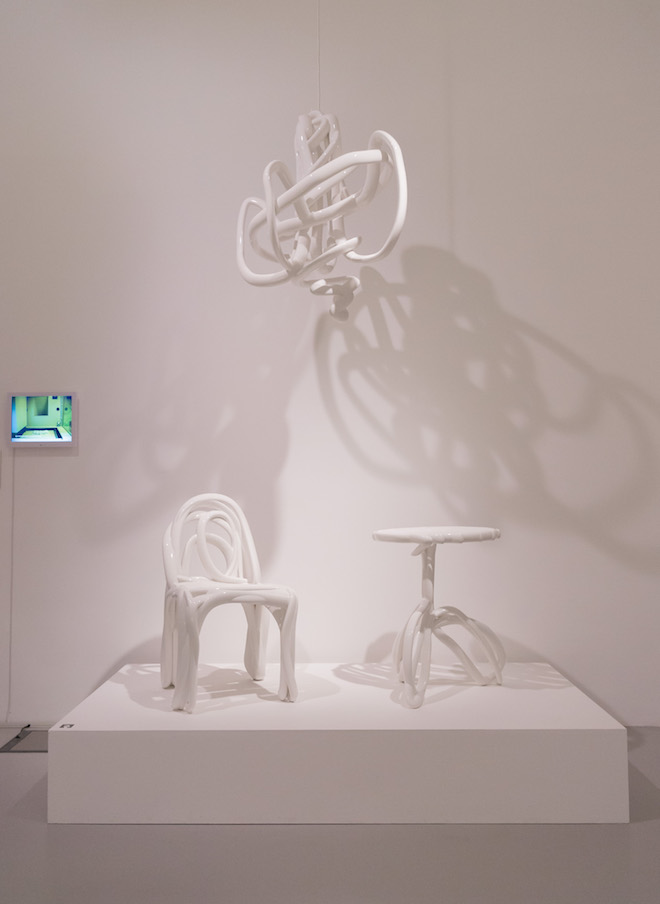
The design group Front gave us a glimpse into the potential future of design and manufacturing back in 2005 with their Materialised Sketch series. They started by first sketching the furniture in a 3D motion-capture studio using an electronic pen. Then, the recorded data was turned into a physical object using a 3D rapid prototyping process - this involves beams of ultraviolet light hardening the furniture's forms, layer by layer, from within baths of liquid plastic. Simple, eh?
6. Jung Boyoung/WOLFS & JUNG - Korean Composition: 18-22-34-43-56-80 (2011)
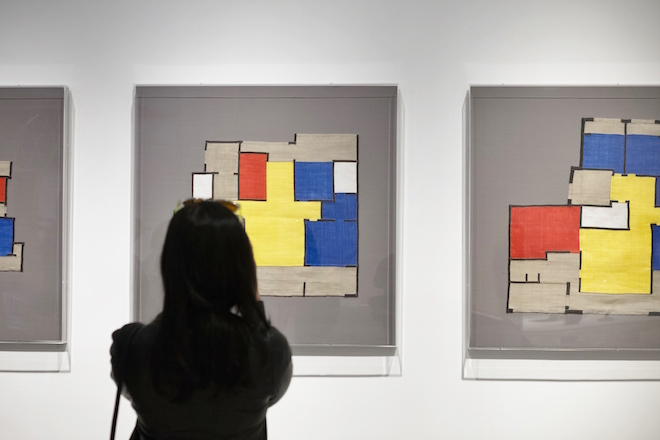
A throwback to the modular Korean craft of Jogakbo - a kind of patchwork quilting in which scraps of leftover fabric are sewn together to create abstract patterns. In this instance, the composition takes the shape of a floor plan of a typical high-rise building. It's a clever use of geometric language - merging the traditional through the techniques used and the contemporary in what is displayed.
7. Sony Corporation - AIBO Entertainment Robot, Model ERS-110 (1999)
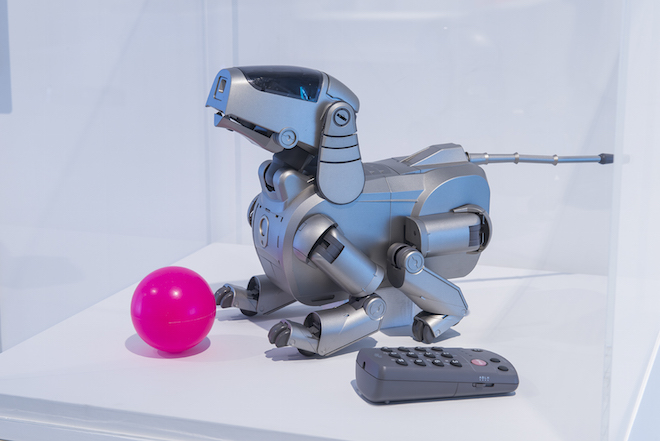
The brainchild of illustrator Sorayama Hajime and engineered by Doi Toashitada, the AIBO was (at the time) a revolutionary 'Entertainment Robot', representing a rather large leap forward in consumer robotics and artificial intelligence. The stuff of sci-fi up until this point - the beagle-like robotic dog was capable of learning new behaviours and developing its own personality over time.
8. Kurita Shigetaka/NTT DOCOMO, INC. - Emoji (2002)
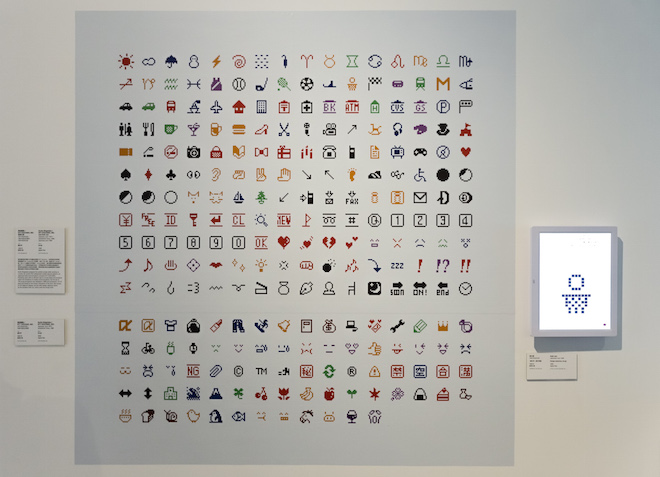
Although they're nothing short of ubiquitous now (to the point where they have their own movie in the works), Emoji's were once a giddy dream in the burgeoning days of mobile internet. Dreamt up by Kurita Shigetaka at the turn of the millennium while working on i-mode - the world's first widespread mobile internet platform - these characters have become quite an inspiration in the world of art and design.
9. Li Naihan - I AM A MONUMENT - CCTV Wardrobe (2012)
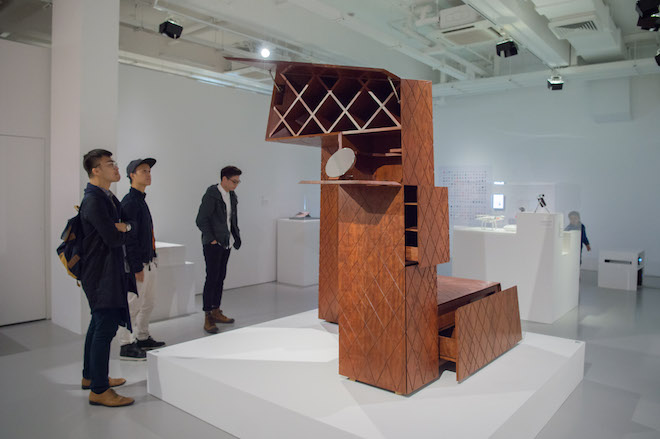
The angular, somewhat intimidating
CCTV Wardrobe takes aesthetic inspiration from the iconic Beijing headquarters of Chinese state broadcaster, CCTV. The wardrobe's design playfully probes the dynamic between power and scale, and much like the actual CCTV building's design, alludes to the 24-hour nature of media and applies the same philosophy to how we dress.
10. Iwata Yoshiharu - Toshiba Rice Cooker (1959)
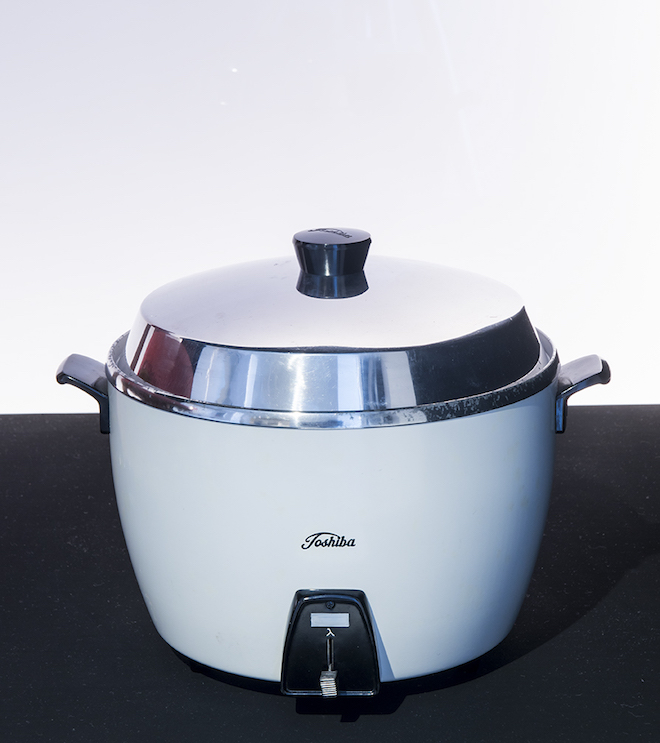
A cultural icon in its own right, the electric rice cooker has become an indispensable fixture in practically every home. A true symbol of consumer convenience, synonymous with growing industrialisation in the mid-twentieth century, this kitchen staple was first introduced by Toshiba in 1955, before the RC-10K (pictured) took over in 1959.
See for yourself! Check out the ground-breaking Shifting Objectives: Design from the M+ Collection for free every Wednesday to Sunday (and public holidays) at M+ Pavilion, West Kowloon Cultural District.


 Although usually used for toys and plastic flowers, Hong Kong was something of an innovator in the use of plastics for design and manufacturing purposes. This included the production of household goods that utilised the material's malleable, affordable, and hygienic properties. This lamp is a beautifully retro example of something that can be shipped flat and be easily snapped together - providing an inexpensive and durable alternative to the growing market.
Although usually used for toys and plastic flowers, Hong Kong was something of an innovator in the use of plastics for design and manufacturing purposes. This included the production of household goods that utilised the material's malleable, affordable, and hygienic properties. This lamp is a beautifully retro example of something that can be shipped flat and be easily snapped together - providing an inexpensive and durable alternative to the growing market.
 Engineer-turned-industrialist Chiang Chen created this iconic design by developing a two-colour extrusion, blow-moulding process (obviously) that gives the ball its seminally striped, two-tone pattern. The inspiration for the design is said to have come from the Yangtze River and its tributary, the Jiang, whose colours are distinct where the two meet.
Engineer-turned-industrialist Chiang Chen created this iconic design by developing a two-colour extrusion, blow-moulding process (obviously) that gives the ball its seminally striped, two-tone pattern. The inspiration for the design is said to have come from the Yangtze River and its tributary, the Jiang, whose colours are distinct where the two meet.





